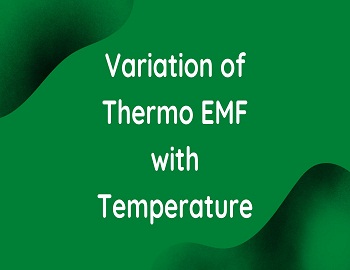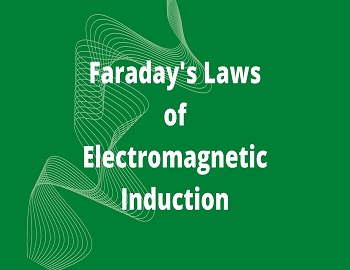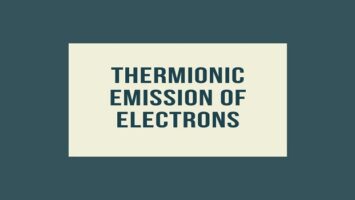Variation of Thermo EMF with Temperature:
Let us take a copper-iron thermocouple, with a galvanometer G in the circuit.
Keep the temperature of the cold junction fixed at 0°C.

Now the temperature of hot junction A is gradually changed (increased) and at each time thermo e.m.f is noted. After then, a graph is plotted between the temperature of the hot junction and the thermo e.m.f. The graph is shown in the figure.

From the graph, we note that:
- When both the junctions are at the same temperature (0°C), then thermo e.m.f. is also zero.
- As the temperature of the hot junction increases, thermo e.m.f. also increases, till it becomes maximum.
- The temperature at which thermo e.m.f. becomes maximum is called neutral temperature. It is represented by Tn.
- When the temperature of the hot junction is increased beyond neutral temperature; thermo e.m.f. starts decreasing instead of increasing.
- At another particular temperature of the hot junction, the thermo e.m.f. becomes zero on heating slightly further, the direction of thermo e.m.f. is reversed.
This temperature of the hot junction at which the thermo e.m.f becomes zero and just beyond, the thermo e.m.f. reverses its direction, is called temperature of inversion (Ti). Further, Ti is as much above the neutral temperature (Tn) as the temperature of the cold junction (Tc) lies below the neutral temperature (Tn) i.e.
| (Tn – Tc ) = (Ti – Tn) ⇒ 2Tn = Ti + Tc ⇒ Tn = (Ti + Tc)/2 |









Comments (No)